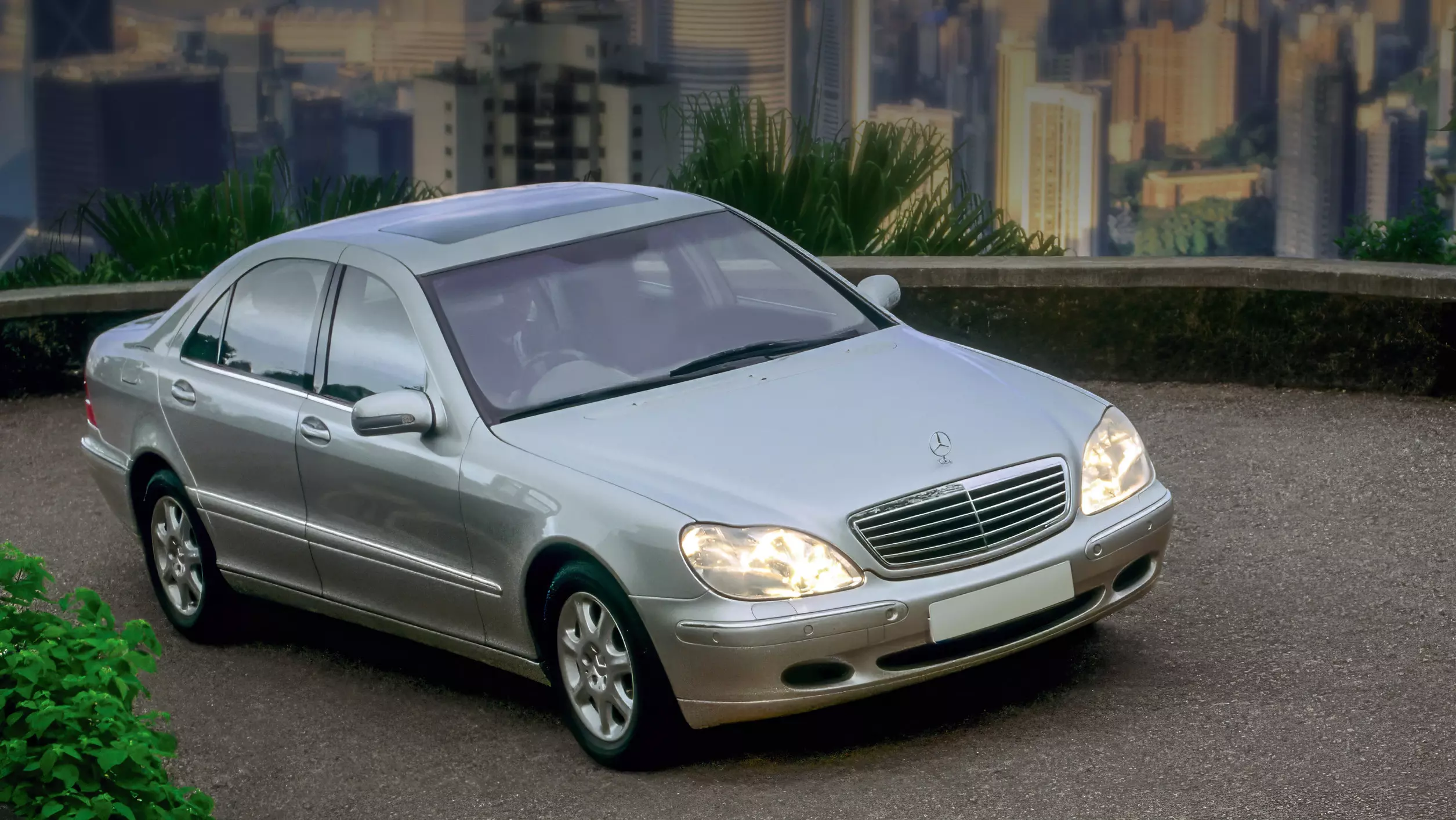2000 Mercedes-Benz S-Class (W220): Gone But Not Forgotten
It was the first S-Class to be assembled in India, but also the least loved among all generations of ‘The Best Car in the World’

The W220 S-Class was built to a cost and wasn't built like a tank. Hence, it is the least liked S-Class of all-time.
Some days are infinitely better than others. Like the day I spent at Mercedes-Benz’s Immendingen facility with all the generations of the S-Class, from the very first W116 running the epic 6.9-litre V8 (with hydro-pneumatic suspension) to the current W223 that can drive itself autonomously on the German Autobahn (only in the slow lane, up to 120kmph, and provided there is some traffic in front that the system can adjust itself to). I did a Gone But Not Forgotten video on all these in which, I fear, I didn’t do justice to the W220.
This was a product of the Daimler Chrysler era where engineers didn’t have unlimited budgets or infinite time. Built to a cost (relatively speaking because, reportedly, the development budget was still in the region of 1 billion dollars), it didn’t feel, nor was it built like a tank. Initially it was plagued with issues – premature rust, glitchy Airmatic system and electrical gremlins – closing out the era of over-engineered Mercs. And the styling was a radical departure from the bastion of excess that was the preceding W140. But from an Indian perspective the W220 was a milestone. It was the first uber-luxury car to be assembled here. It was the most expensive Indian car, ever.
Launched as the S320 in late 2000 – in the days when 320 meant a 3.2-litre engine – the W220 was the most powerful car we ever tested. The first V6 we tested. The fastest car we ever tested though, in a reflection of the times we lived in, the vicious bumps on the banking of the VRDE’s high-speed track meant we could only hit 214.22kmph (claimed top speed was 240kmph). It would be another 20 years before we got the NATRAX, capable of testing cars to their max. We got 0-100kmph in 9.43 seconds prompting us to rhetorically ask, “In Ferrari territory, eh?”
More superlatives. On the air suspension: “She feels like she rides on air and that is exactly what she does.” On handling: “Turn in is relatively crisp with just the slight hint of body roll.” In fact, the only thing we could bring ourselves to criticise was the yellowish hue of the wood veneers (of which there was just too much, including that half-wood steering wheel that would filter down to the rest of the range). Our verdict hailed it as a, “Sports saloon that has graduated from the school of good manners.”
Like every S before it, the W220 was a technological tour-de-force. It debuted the aforementioned Airmatic. It was 30 per cent lighter despite being similar in size to the W140. It was the most aerodynamic car in the world. Distronic radar-guided cruise control was the precursor to today’s driver assistance tech. The facelift would bring in Pre-Safe. The facelift would also right many of the (quality) wrongs, but it was too late to burnish its reputation. Today you can get one for as little as ₹3 lakh! Even with the craze for old Mercs and modern classics, nobody is inclined to keep them running.
The legacy of the W220 was what it taught Mercedes – not to mess with the S – leading to subsequent generations doing justice to the tag of ‘The Best Car in the World.’


